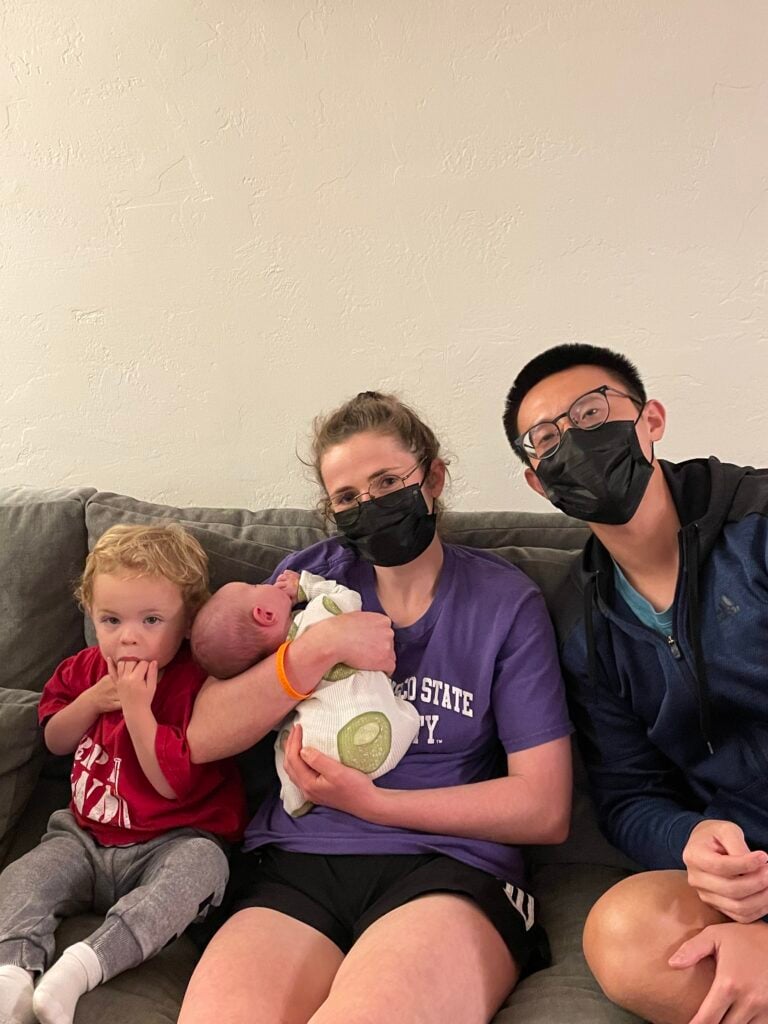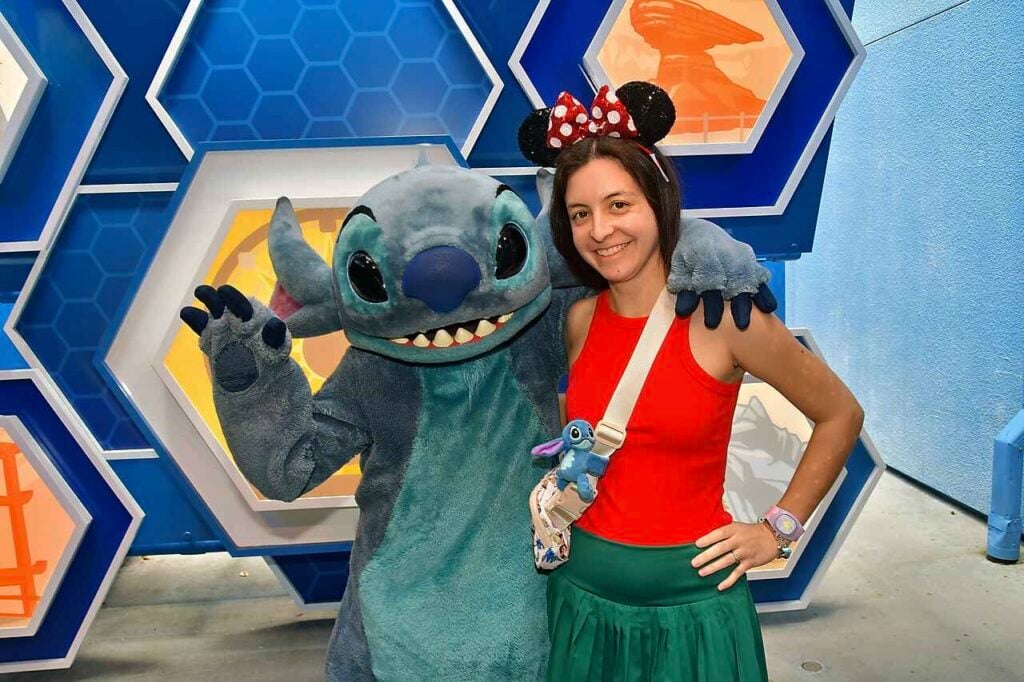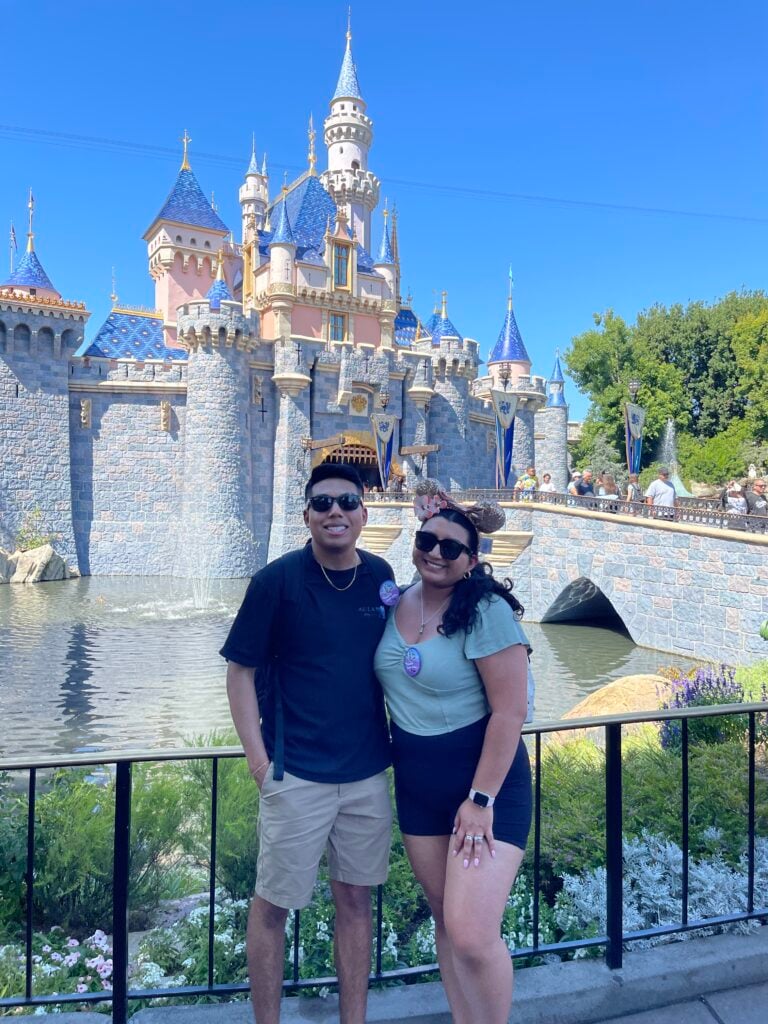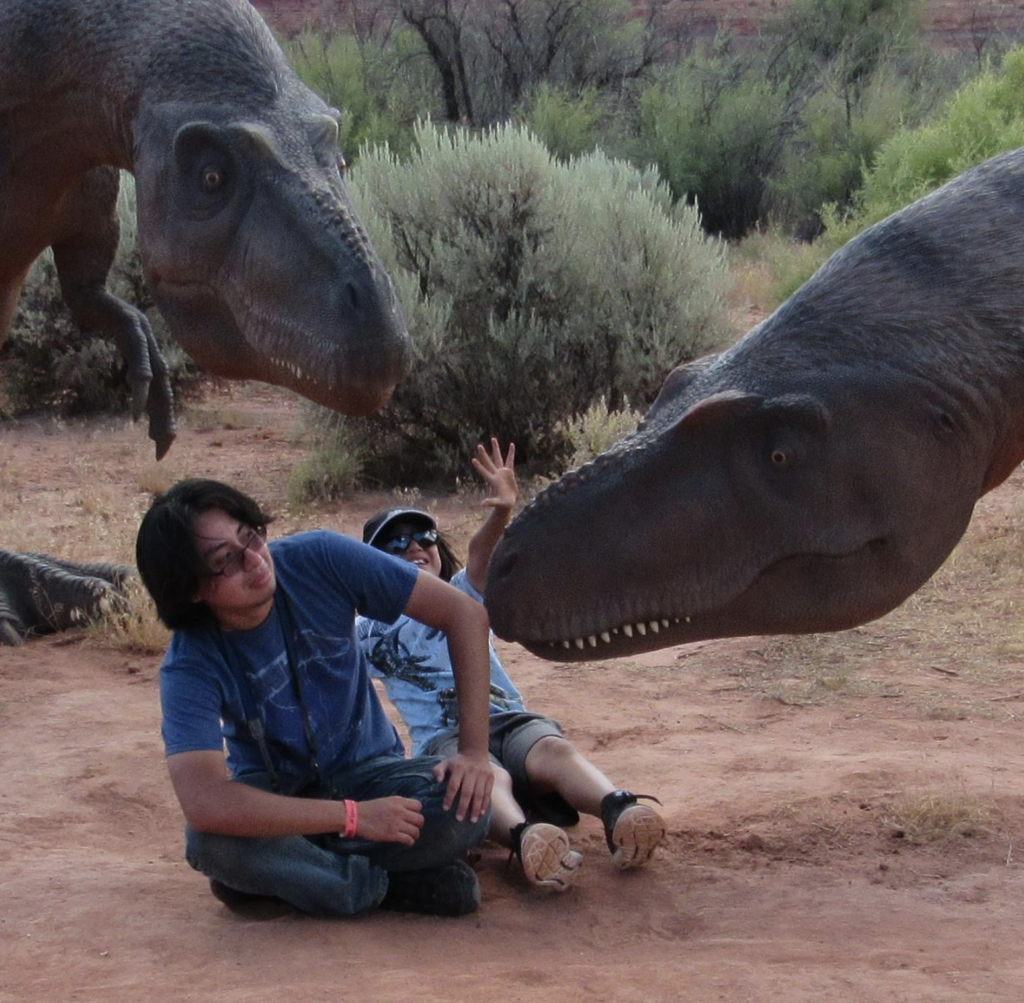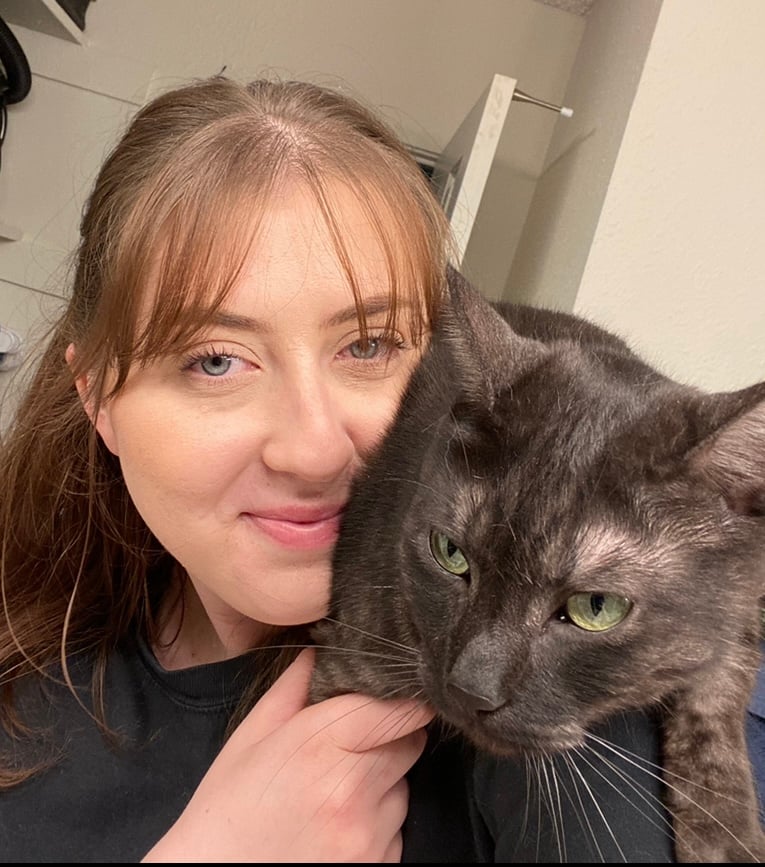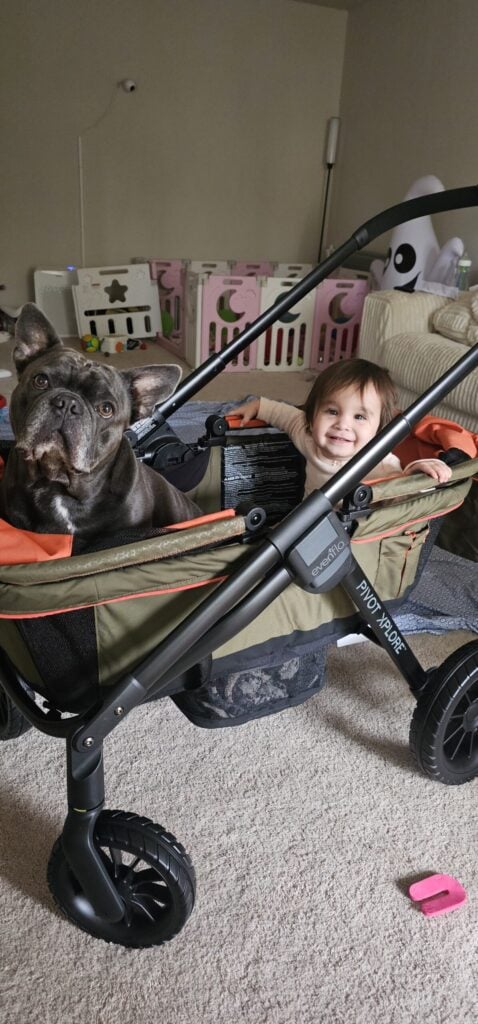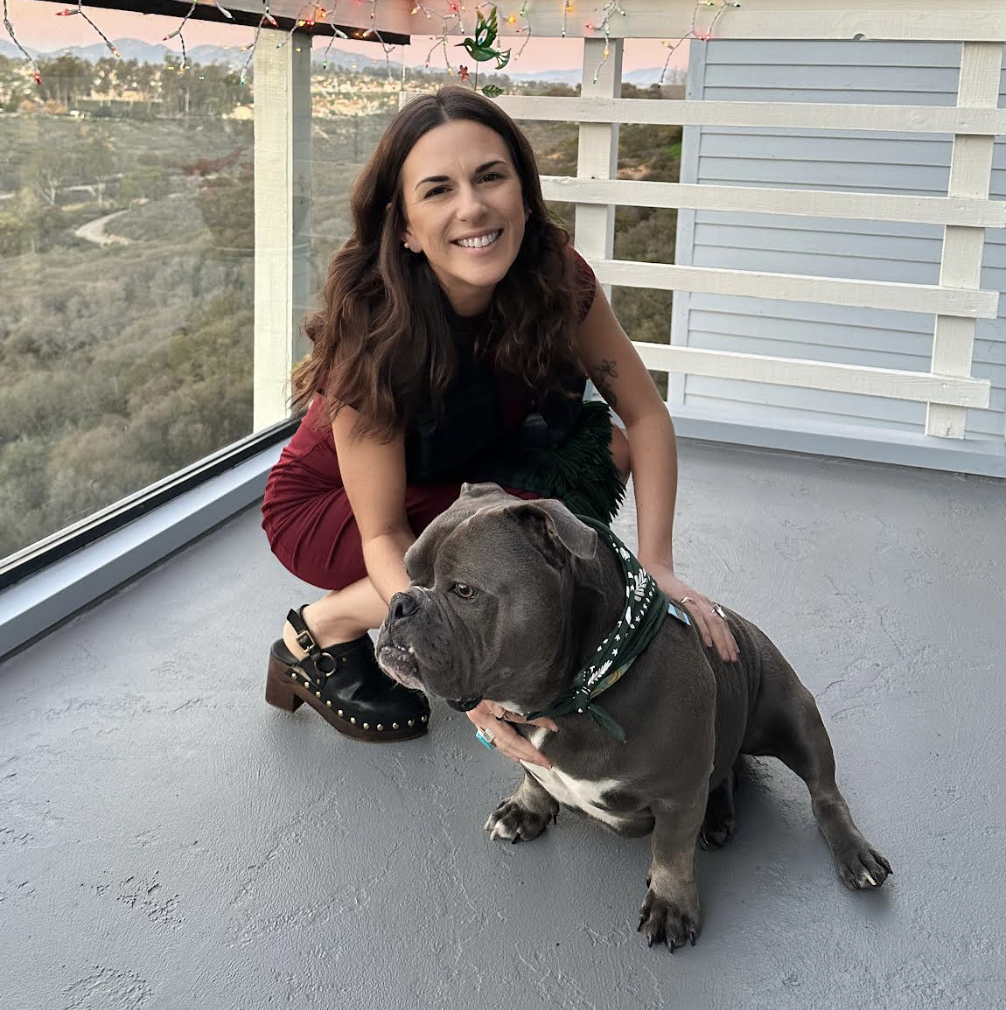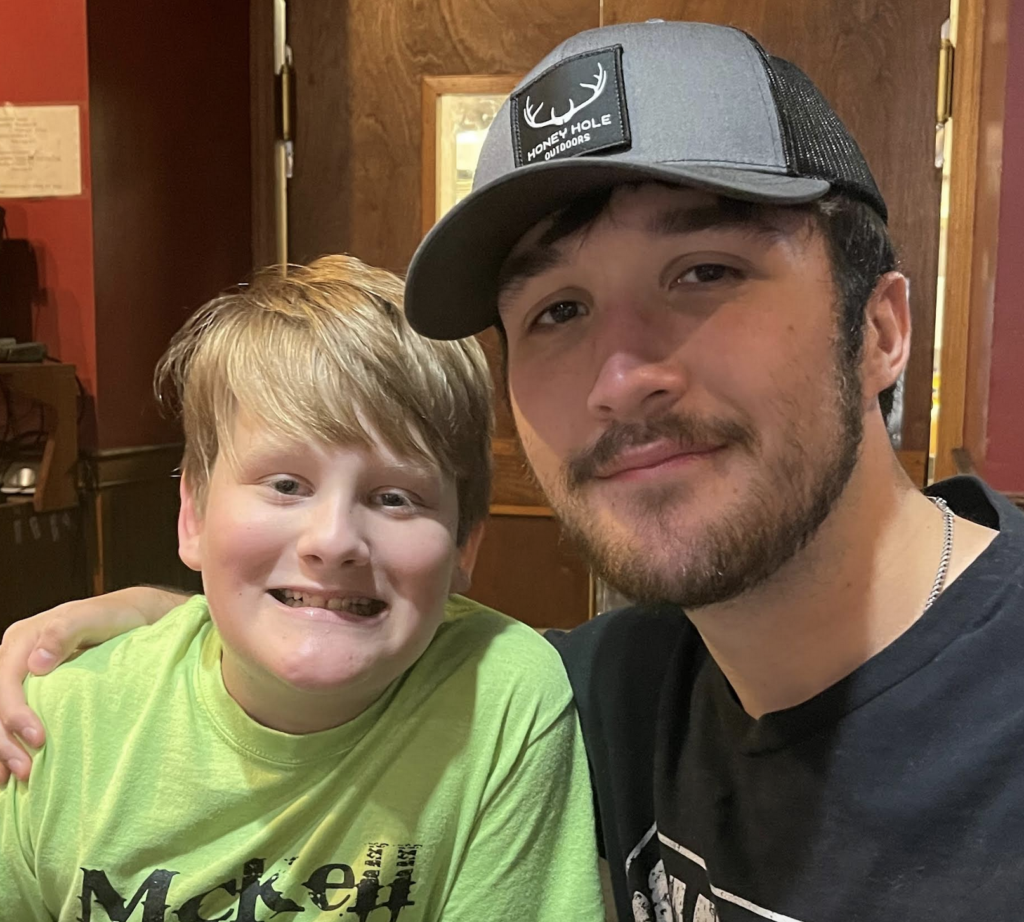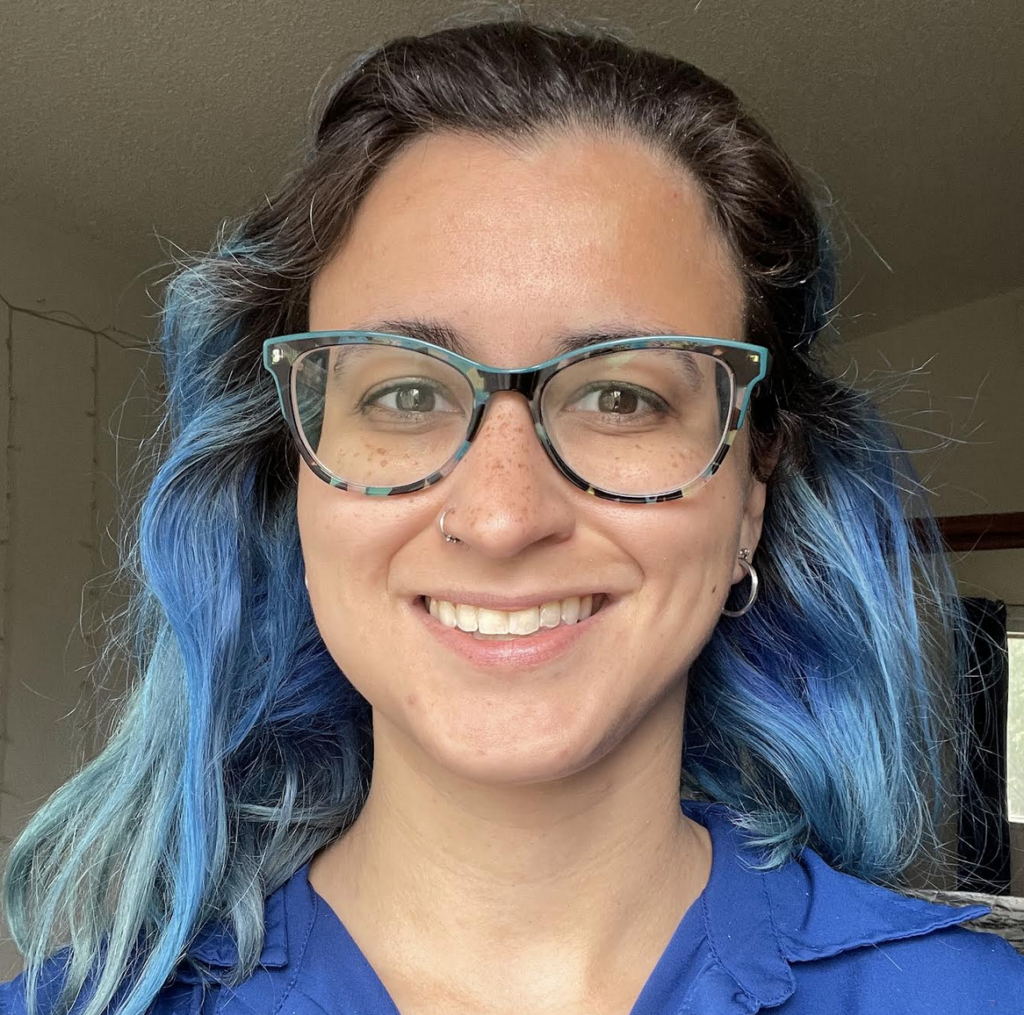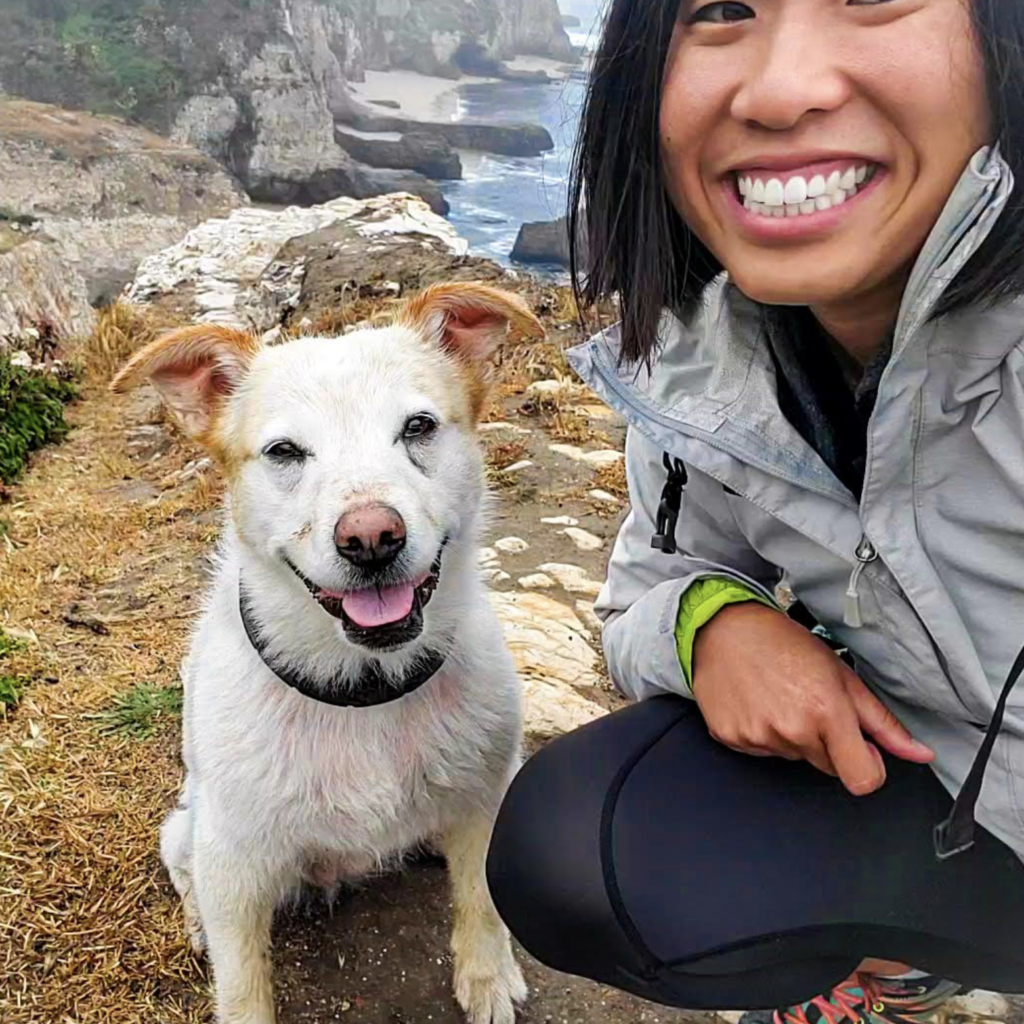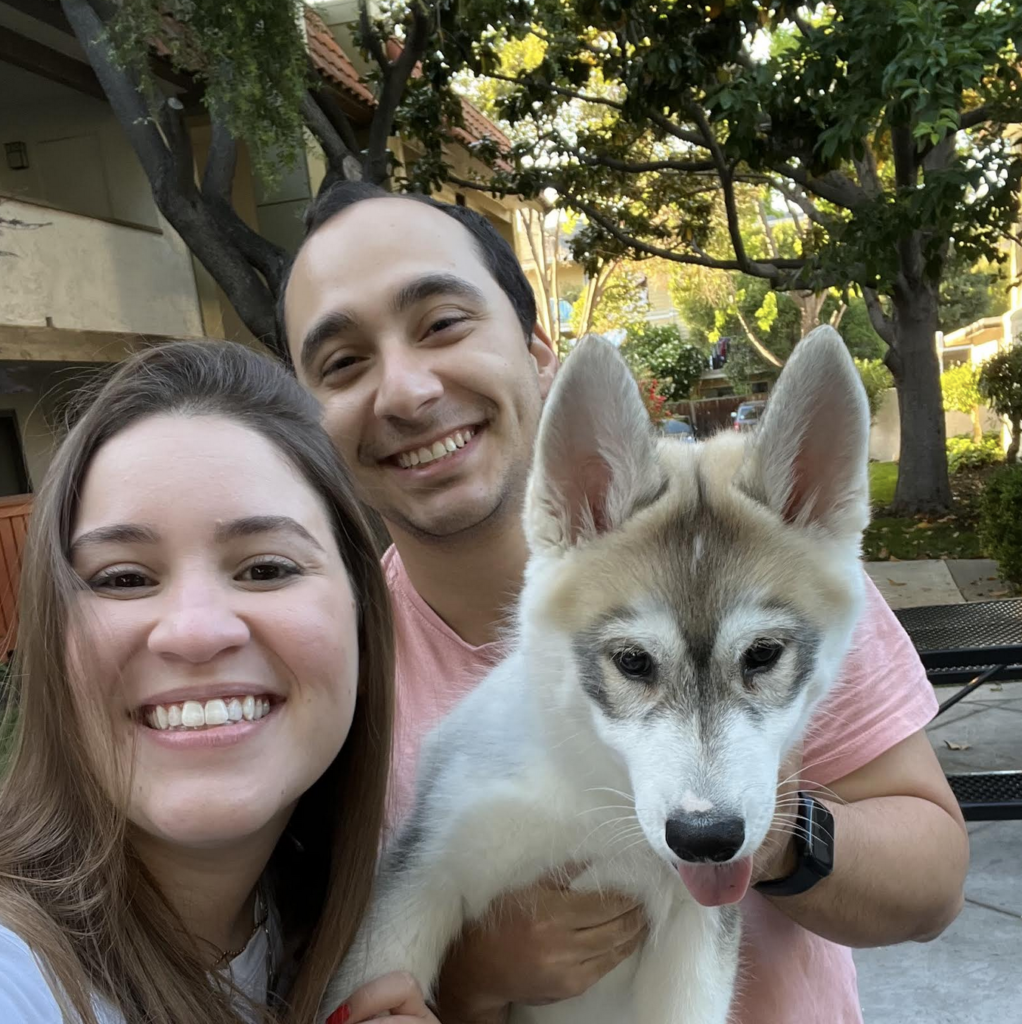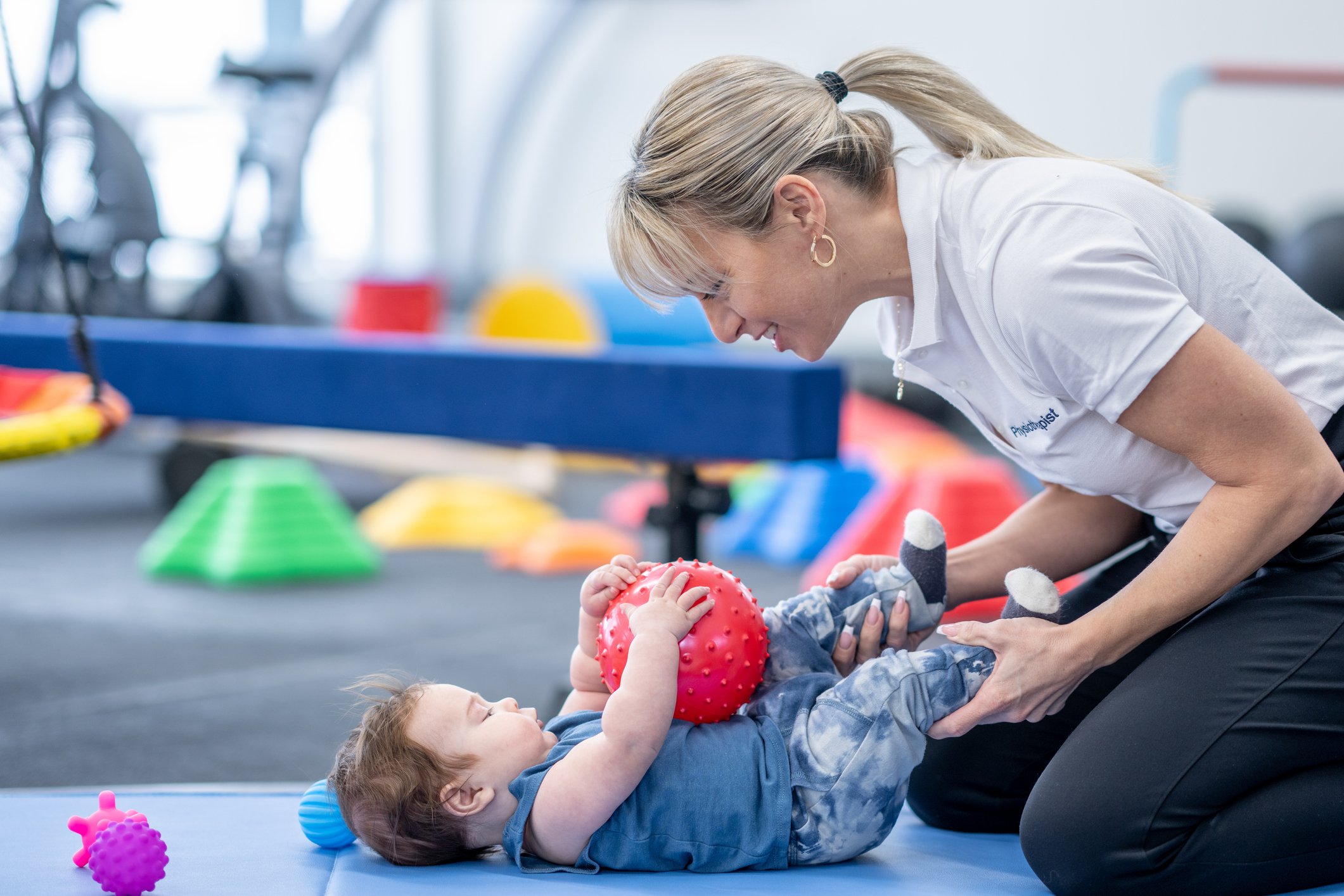
Maybe you’ve noticed your baby’s legs don’t move evenly when they kick or stretch, or one seems harder to move than the other. These differences can sometimes signal hip dysplasia, a condition your pediatrician may identify during an exam. If your child is diagnosed with hip dysplasia, it’s natural to feel concerned. But with early diagnosis and treatment, your child’s hips can develop normally as they grow.
What Is Hip Dysplasia?
Hip dysplasia happens when the hip joint doesn’t form quite the way it should. Normally, the ball at the top of the thigh bone fits snugly inside the hip socket. With hip dysplasia, that socket may be a little too shallow or loose, which makes the joint less stable. Sometimes the difference is so small it barely shows up; in other cases, the hip can partially slip or even dislocate.
Hip dysplasia can affect any baby, but doctors know there are a few situations where it’s more common:
- Firstborn babies
- Girls, as they’re often born with looser ligaments
- Babies delivered breech
- Family history of hip dysplasia
Even so, hip dysplasia can appear without any of these factors. That’s why pediatricians check every baby’s hips during routine visits. The encouraging news is that some mild cases improve on their own, and when extra support is needed, physical therapy can play an important role in developing well-aligned hip growth.
Early Signs of Hip Dysplasia
Most babies with hip dysplasia don’t always show obvious symptoms, which is why routine check-ups are so important. Still, there are a few things parents might notice at home:
- Limited movement or stiffness in one leg
- More skin folds on one thigh or buttock than the other
- One leg that looks shorter than the other
- Clicking or popping sound when the hips move
- Limping or hip pain in older babies or toddlers
Seeing one or more of these signs doesn’t automatically mean your child has hip dysplasia, but it is a good reason to check in with your pediatrician or pediatric physical therapist for reassurance.
How Hip Dysplasia Is Diagnosed
Pediatric physical therapists are often the first to notice signs of hip dysplasia. They check how your baby’s hips move and whether they are developing the way they should. What this looks like changes as your child grows:
- Newborn to 6 weeks: At this stage, the pediatric physical therapist gently moves your baby’s hips to see if they are stable. This quick and gentle check is part of normal newborn care.
- 6 weeks to 6 months: If there are any concerns, or if your baby has certain risk factors, the pediatric physical therapist may suggest talking with your pediatrician about an ultrasound. This safe scan shows how the hip joint is forming while the bones are still soft.
- After 6 months: Once your baby is older and the bones are harder, the pediatrician may order an X-ray to get a clear picture of how the hips are developing. The pediatric physical therapist can use these results to guide treatment and track progress.
Importance of Early Hip Dysplasia Treatment
Because babies’ joints are so flexible and still developing, hip dysplasia is easiest to address in the first months of life. When it’s found early, treatment is usually simple and very effective.
A pediatric physical therapist will work with you to:
- Teach you gentle stretches and positioning to use at home
- Fit your baby with a soft brace that keeps the hip in place
- Recommend activities that support your baby’s growth and movement
These early steps help your baby’s hips grow strong and well aligned, supporting healthy development as they grow.
Reach Out Today
If you’re concerned about your child’s hip development, you don’t have to navigate the next steps alone. Reach out to Joy and Laughter Developmental Therapy to speak to a physical therapist, or complete our free online screening tool to see if your child may benefit from an evaluation.












